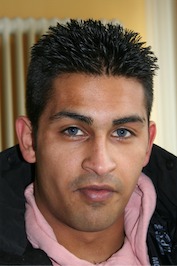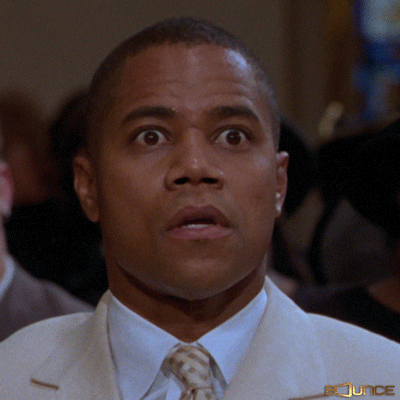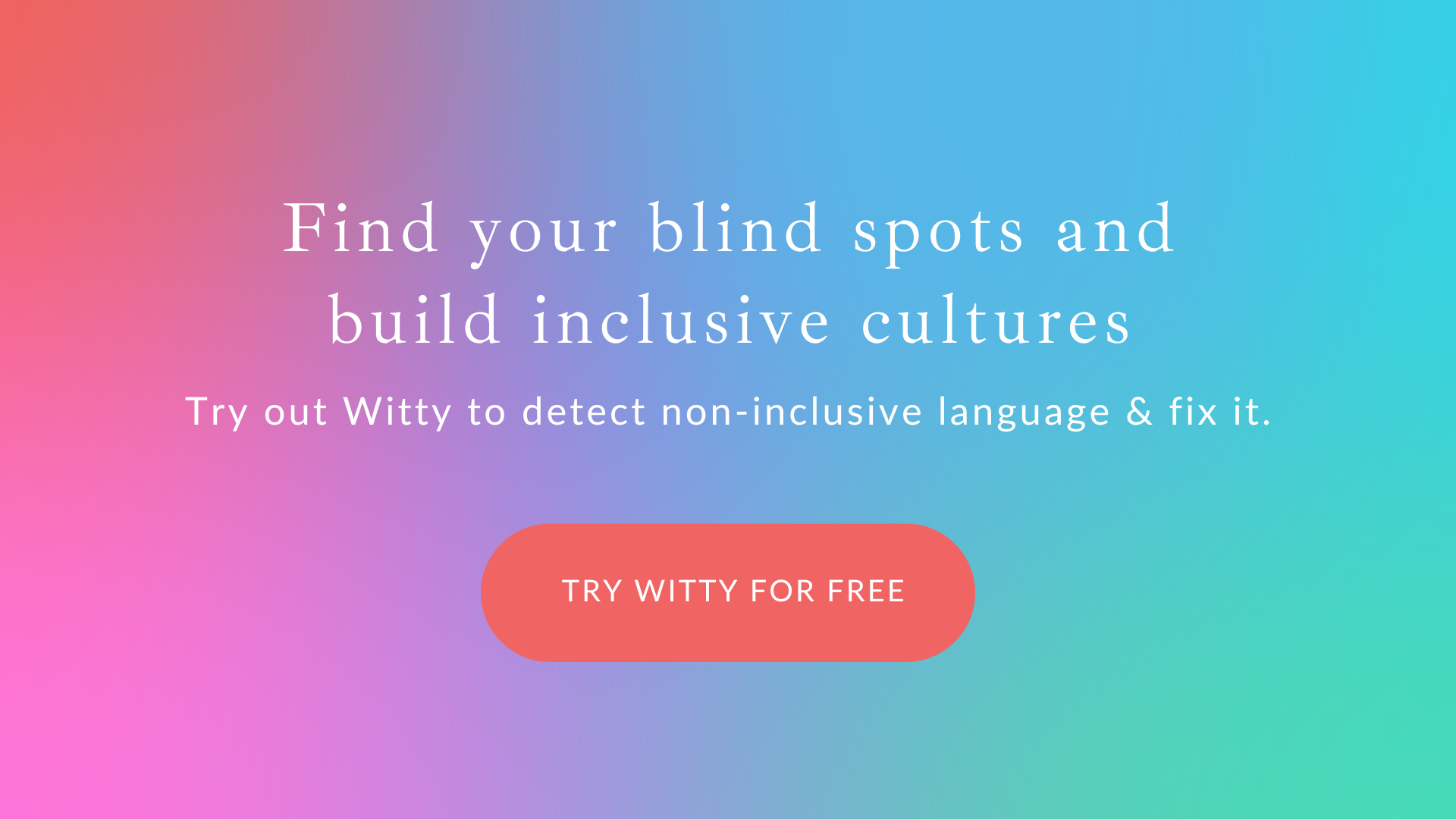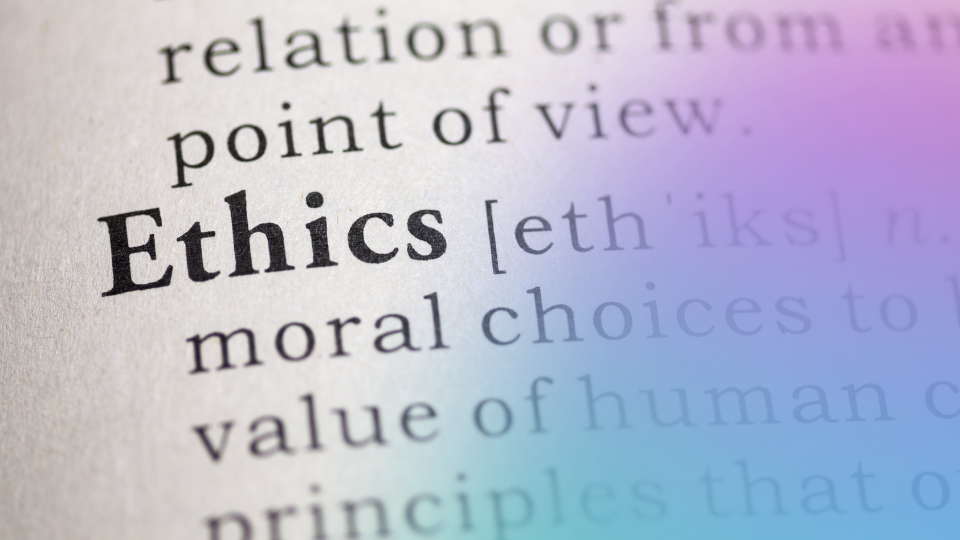Do you know this joke?
A car driver (it could of course be a man) is on the motorway and hears an urgent announcement on the radio: "Attention, attention, there is a ghost driver on the A7. Slow down and do not overtake."
So the driver says, "What? Just a ghost driver? There are hundreds of them!!"
Illustrated in this joke, this car driver has just experienced the bias "blind spot". What is this blind spot? And how does it affect us and our workplace?
(What is a bias? Please read our blog post here for an introduction to Unconscious Bias).
Blind Spot (1) - a positive bias towards our own biases
In 2015, scientists have studied (2) how we judge ourselves in relation to our biases. And have found: we are all subjective. We have a tendency to believe that we are less biased than others. While we recognize that others are affected in their judgment by unconscious bias, we think of ourselves as being more objective and rational and as being able to recognize the true reality.
Just like the driver. She also thinks that she cannot be the problem, but that everyone else is doing something wrong. Her behavior - namely ignoring the danger she poses - is caused by the blind spot bias.
The bias "blind spot" is therefore a meta-bias or the bias in the bias. We are positively biased towards ourselves when it comes to our own biases. This means, for example, that if we have been trained in unconscious biases that exist in the recruitment process (or if we read about it as in this article), we feel that we are "cured" of it, so we will not fall for it anymore. Only the others (even if they are as trained as we are).
Example of inclusive language in the workplace
Imagine that your company is currently recruiting for an open position. Your work colleague (it can of course also be a woman) is about mid-30s and is Swiss. Before he came to your company, he worked in a start-up. Today he works with you in recruiting. He is responsible for the initial selection in the aforementioned job search and receives three applications. Each application has a photo.

Application 1

Application 2

Application 3
Your colleague decides for candidate 1. Due to your knowledge of biases, you immediately notice that your colleague has decided to do so because of the "just-like-me" bias (the tendency to hire people who look like ourselves). You are convinced - due to the blind spot - that if you had made the initial selection yourself, this would never have happened to you.
One day later your colleague asks you for advice on which dossier you would choose. You too decide for candidate 1, but instead of being able to see (because everything happens unconsciously) that you have just made your own decision based on the just-like-me bias and that you have also stepped into the bias blind spot, you rationalize your decision. By rationalizing, you convince yourself that it is the right decision and that you are more objective than your colleague. This is exactly the blind spot bias "in action".
Consequences of the blind spot
The study also evaluated whether the strength of the blind spot has an effect on behavior. It found out: People with a strong blind spot bias- assess their own abilities less accurately than their colleagues.
- have a tendency to ignore advice from colleagues or consultants.
- learn least of all from trainings which shed light on bias in their own behavior and which could improve the quality of their own decisions.
This presents us with a complex problem, since bias awareness training usually is the first step towards a more careful approach to decision making and judgment in recruitment and promotion.
What to do?
First, we have to admit to ourselves that our reality is only one of the many realities that exist and that there is not just one real reality. "We are subjective beings, and there is nothing wrong with that as long as we have enough cognitive flexibility to enrich our world with the subjectivity of others. It is the coming together of two or more subjectivities that brings us closer to objectivity." (3)
Secondly, de-bias trainings are very important, but it does not protect us from continuing to be biased. On the contrary: because you know more about it, you are prone to feel that you know more than others. Thus we have to be aware that training doesn't make us "better" than others.
Thirdly: turn the tables by looking at yourself from the outside. In the example with the applications, this means: My colleague and I write down why we choose candidate 1. He reads out my own reasons as if he had written them. I am then given the task of finding counterarguments. This reversal helps to perceive my own biases more objectively and to weaken the blind spot.
The blind spot bias is one of the most difficult to avoid. Because it calls into question our desired rationality. Perhaps we simply have to handle it like Socrates and always question what we think we know.
Are these explanations and examples about bias interesting?
Then read our next blog post in the series about Unconscious Bias: "Competence / Sympathy Bias - and how it affects women and men in the application process".
Biases affect how we write. To avoid unconscious bias, try out Witty for free. Witty is a digital writing assistant for inclusive language which detects non-inclusive language. It provides ongoing training on unconscious bias and operationalizes inclusion.
Sources:
(1) Pronin, E.; Lin, D. Y.; Ross, L. (2002). "The Bias Blind Spot: Perceptions of Bias in Self Versus Others". Personality and Social Psychology Bulletin. 28 (3): 369–381
(2) Scopelliti, I., Morewedge, C.K., McCormick, E., Min, H.L., Lebrecht, S., & Kassam, K.S. (2015). Blind spot bias: Structure, measurement, and consequences. Management Science, 201561:10
(3) from https://psychology-spot.com/bias-blind-spot/





